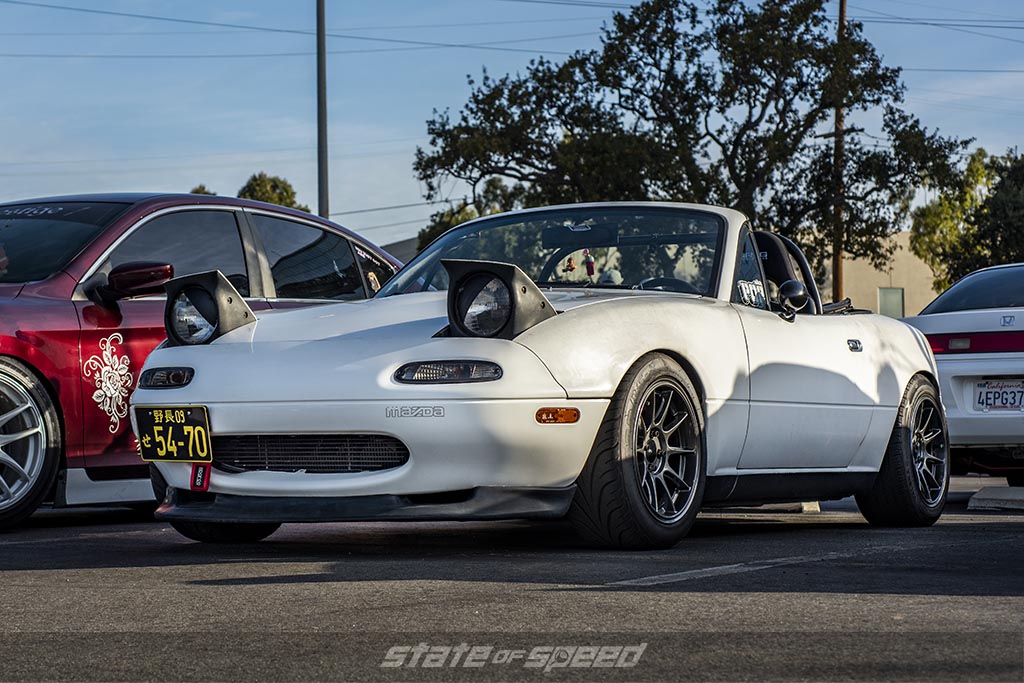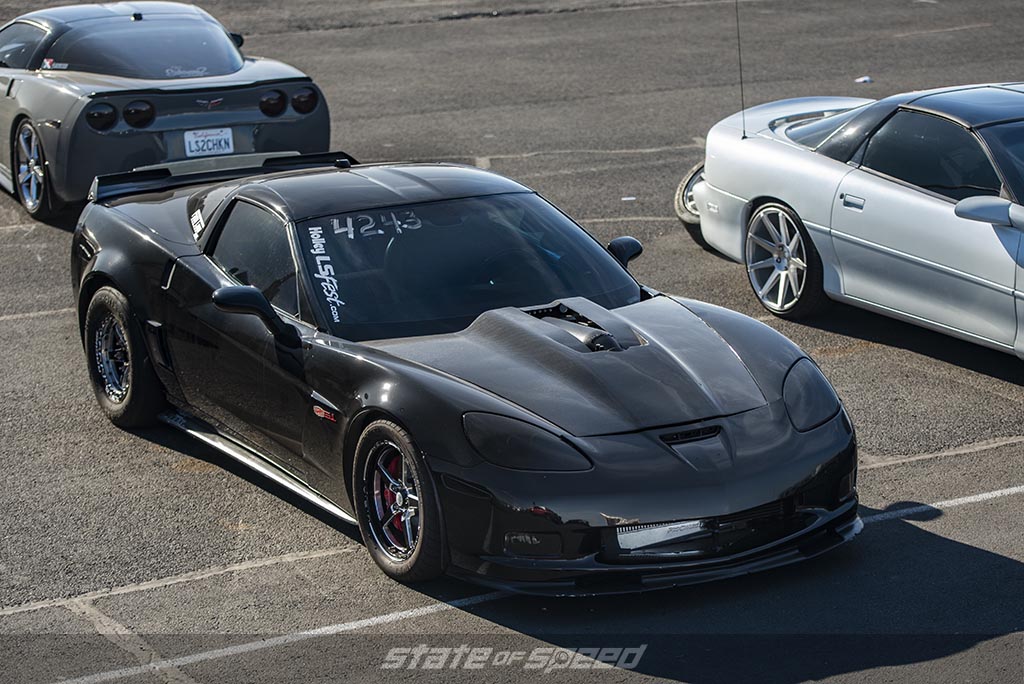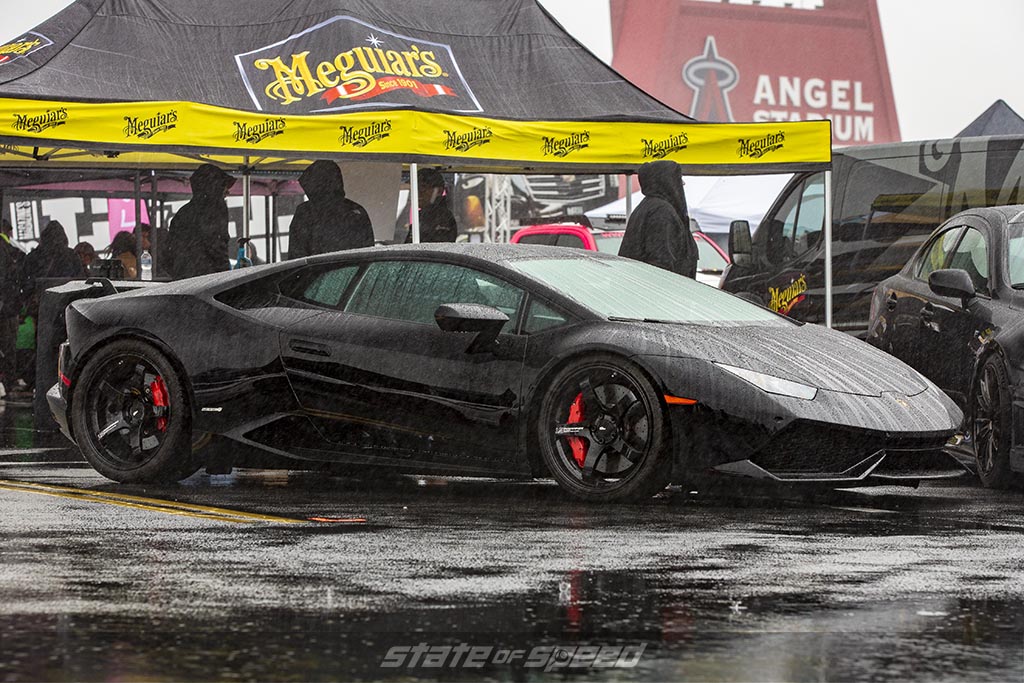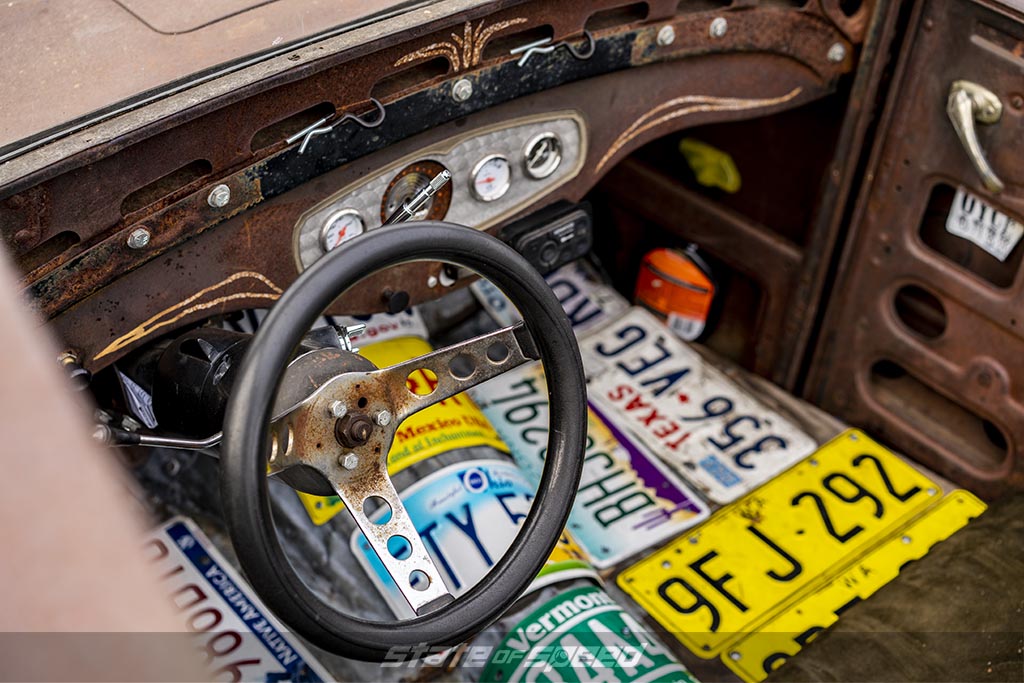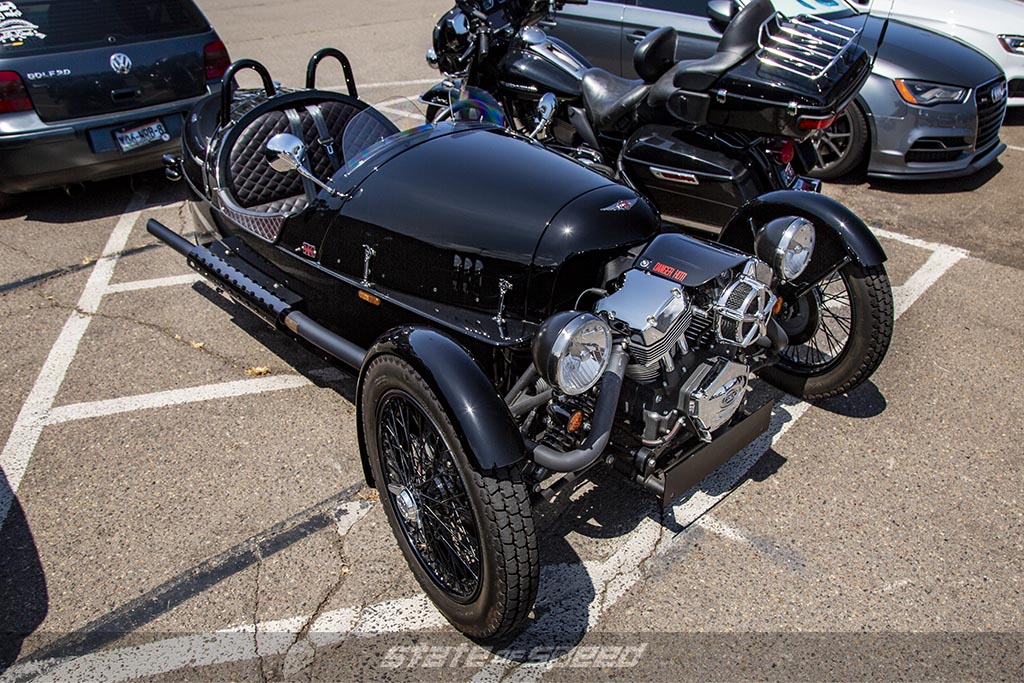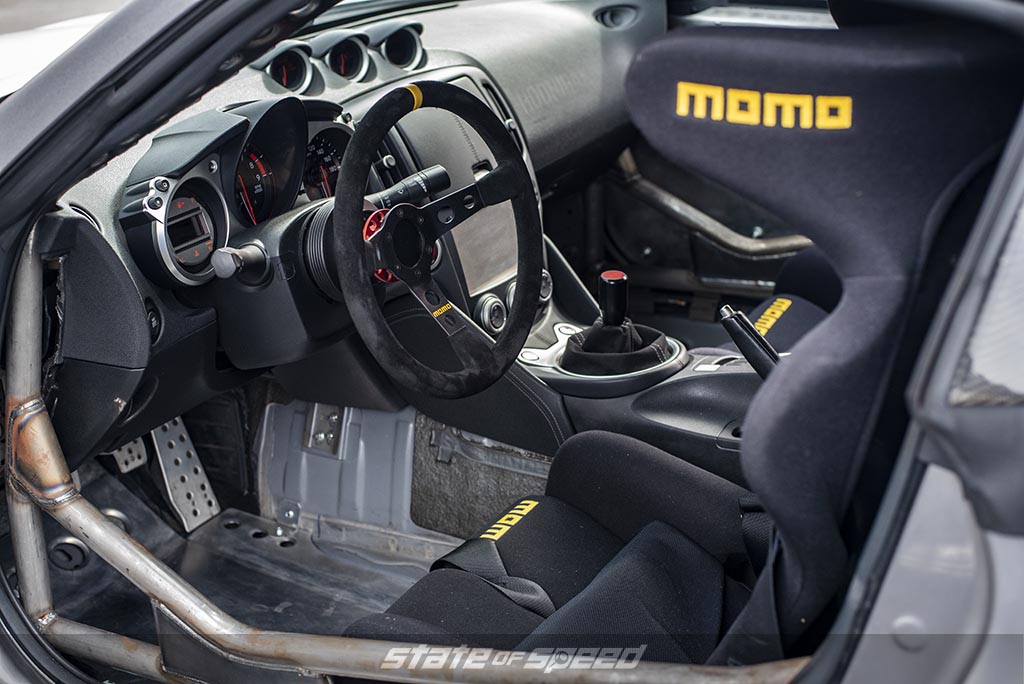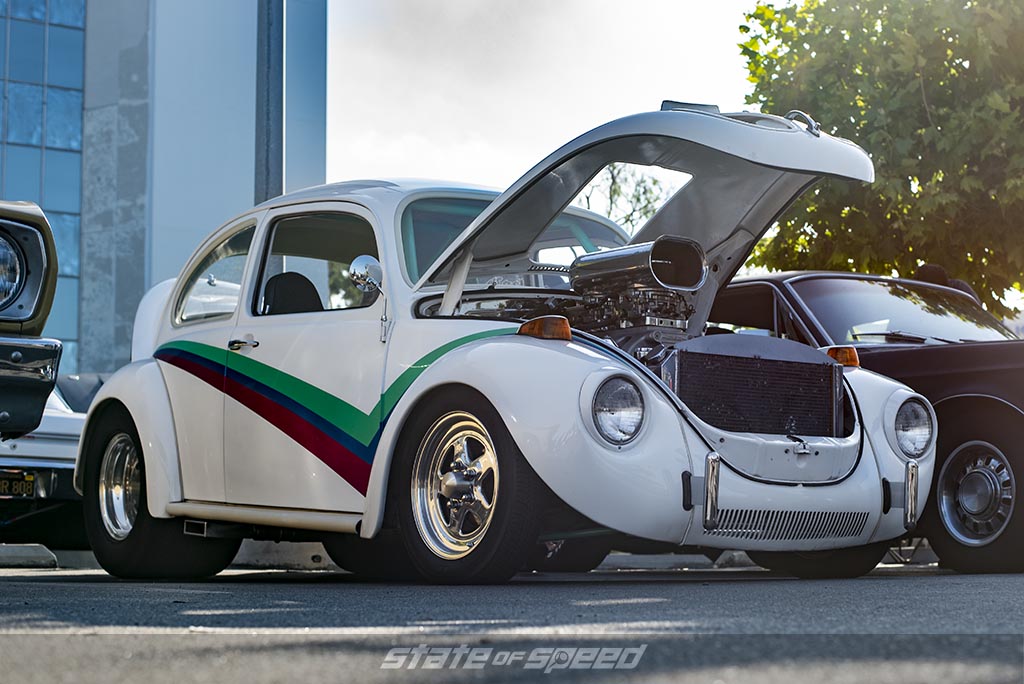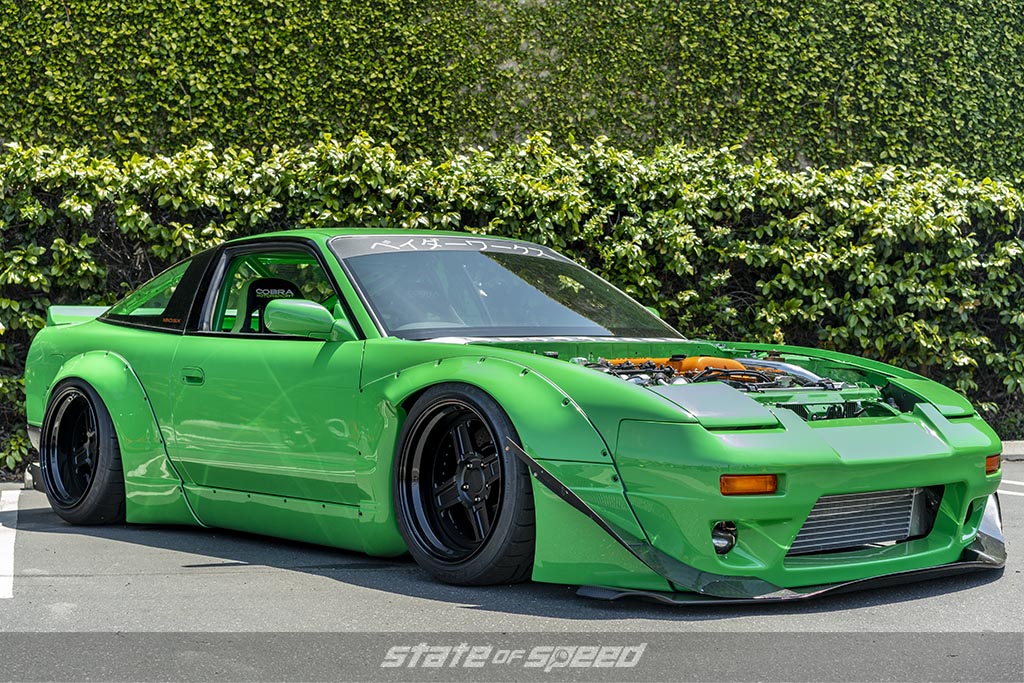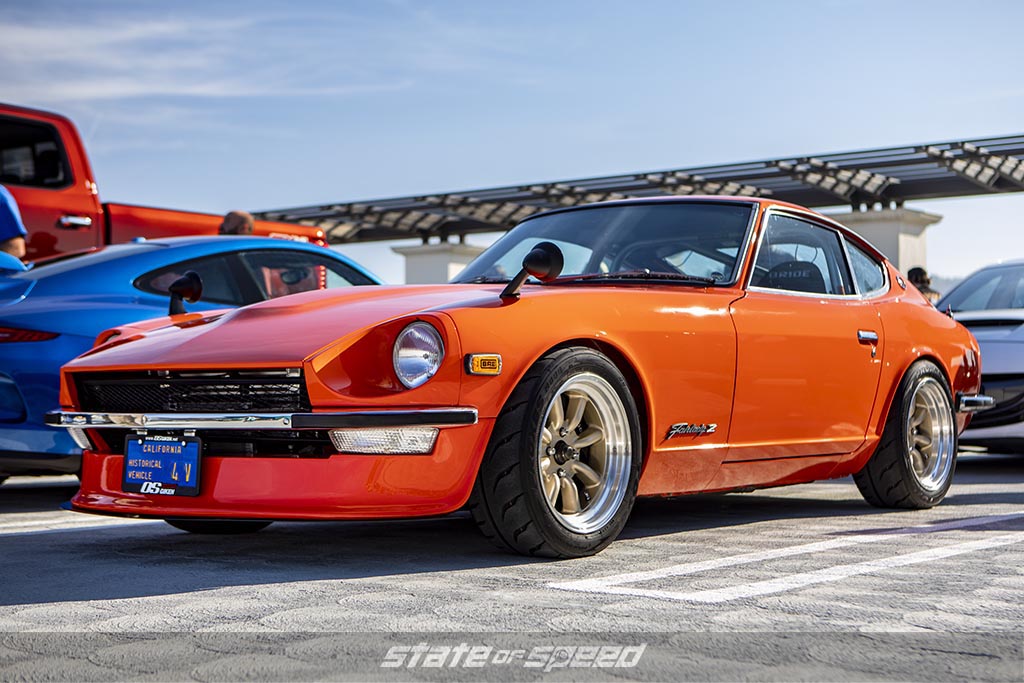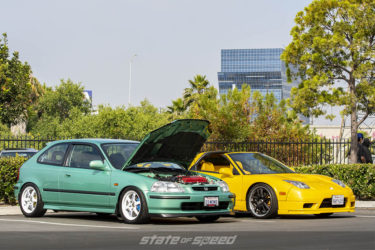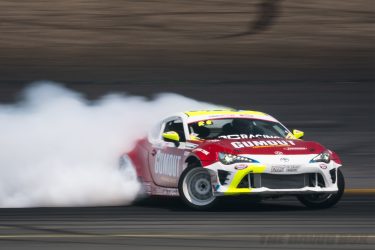Getting Ratio’ed
The Importance of Power to Weight
How do bees get airborne? How do hummingbirds gracefully hover? How do helicopters chase you out of your favorite spot at 2:30 on a Sunday morning with that stupidly-bright spotlight? Lots of power moving as little weight as possible.
Horsepower to the tires has big implications for automotive performance, but like everything else about going fast, it’s not about one number. What’s more important is how many pounds each horsepower has to move around, and the overall power-to-weight ratio is the real determiner of more than just how quickly a car accelerates. Today, we’re going to talk about some things you might not have considered before when thinking about how much power you need to achieve your performance goals, or on the flip side, how light your car has to be with the horsepower you currently have.
What’s more important is how many pounds each horsepower has to move around…
Defining Terms
Power to weight ratio is just what it sounds like – how much power is available, compared to the mass of the vehicle. You can express it in any unit of measure you prefer; our European friends will like kilowatts and kilograms, but US readers will probably find it easier to relate to how many pounds each pony has to carry around, so that’s what we will stick to here. To give you some perspective, here are a few examples of production car power to weight ratios, based on factory figures:
- Toyota Prius (2022): 121 HP (net power), 3,010 pounds curb weight = 24.9 pounds per HP
- Honda CRX Si (1987) 91 HP, 1,953 pound curb weight = 21.5 pounds per HP
- Mazda Miata (1997): 129 HP, 2,180 pound curb weight = 16.9 pounds per HP
- Dodge Challenger SXT V6 (2021): 303 HP, 3,858 pound curb weight = 12.7 pounds per HP
- Honda S2000 Club Racer (2008): 237 HP, 2,765 pounds curb weight = 11.7 pounds per HP
- Acura NSX Type R (1992): 270 HP, 2,712 pound curb weight = 10.0 pounds per HP
- Chevrolet Corvette 1LT Z51 (2021): 495 HP, 3,366 pound curb weight = 6.8 pounds per HP
- Dodge Challenger SRT Super Stock (2021): 808 HP, 4,429 pound curb weight = 5.5 pounds per HP
Just for fun, let’s throw in a couple of fairly tame sportbikes:
- Kawasaki Ninja 400 (2022): 45 HP, 541 pounds curb weight (includes 175 lb rider) = 12.0 pounds per HP
- Kawasaki Ninja 650 (2022): 67 HP, 598 pounds curb weight (includes 175 lb rider) = 8.9 pounds per HP
We can draw some initial observations from these examples right away. First of all, the two motorcycles shown are generally considered pretty weak sauce by two-wheel standards, but they are still in a totally different realm than most cars. Second, there are some cars we’d all consider “fun to drive” that don’t have very good power to weight ratios – more on that in a minute. Finally, the top of our list has a Challenger model that is an absolute whale, but thanks to an equally gargantuan engine, is in a class of its own in terms of power to weight.
The point to be made here is that cars (and motorcycles) that are lighter in absolute terms tend to be more enjoyable for enthusiasts even if they are only middle-of-the-pack in horsepower. That’s because weight, or more correctly mass, affects more than just straight-line acceleration.
Massive Implications
Because inertia applies in all directions, not just to acceleration, with all other factors being equal a car that weighs less overall will need less tire, less suspension, and less brakes to achieve the same results as a heavier but more powerful one with the same power to weight ratio. Conversely, better tires, suspension, and brakes will be more advantageous on the lighter car as well.
As time has passed, increased safety requirements for side impact air bags, crush zones, and a hundred other advances, combined with customer demand for things like heated power-adjustable seats and Bluetooth-connected in-car entertainment systems have inexorably pushed curb weight up, even for cars built to be lightweight. The 2014 5th Gen Camaro Z/28 is a good example, being available without air conditioning or a stereo, but the need to incorporate government-mandated audio feedback for turn signals, seat belt warnings, and whatnot meant that it still had to have at least one speaker.
So far, though, the increase in curb weight of the average car has been more than offset by the increase in average horsepower. But it also means more capable (and more expensive) suspension, tires, and brakes are required. It’s also often said that “light costs money” and that’s very true when you are trying to achieve the same results with less weight, like substituting an aluminum block of comparable strength for a cast iron block in the same engine design. On the extreme end, carbon fiber body panels, aluminum frames, and other semi-exotic materials and manufacturing methods can be employed by the factory.
Simplicate and Add Lightness
Fortunately, even if you’re on an instant ramen budget and spending a ton of money on featherweight aftermarket parts isn’t in the cards, all is not lost. Manual cloth seats from a base model car can replace the seven-way heated leather ones you have, for example, and you may even end up money ahead by selling them to some would-be baller looking to upgrade. AC deletes, while trending toward the hardcore end of the spectrum, are typically good for some significant weight savings, and if you still want to keep cool and not make your own gravy while sweating out the summer, we bet that without even trying too hard the typical enthusiast could find at least 20 pounds of loose junk in the car that you have been Ubering around for free. Those passenger seats sitting in the pits at the local autocross or dragstrip grudge night take zero dollars to do, and they give you a place to sit and hang out with your friends in comfort while you wait for your run group.
Fortunately, even if you’re on an instant ramen budget and spending a ton of money on featherweight aftermarket parts isn’t in the cards, all is not lost…
There’s something really satisfying about making your car faster without adding a single pony under the hood, and all it takes is a little bit of imagination and some elbow grease. As a bonus, you’ll be able to corner harder and brake later – sure, it’s not as sexy as putting on a turbo or jetting up the nitrous, but it’s a tried and true speed not-so-secret.


